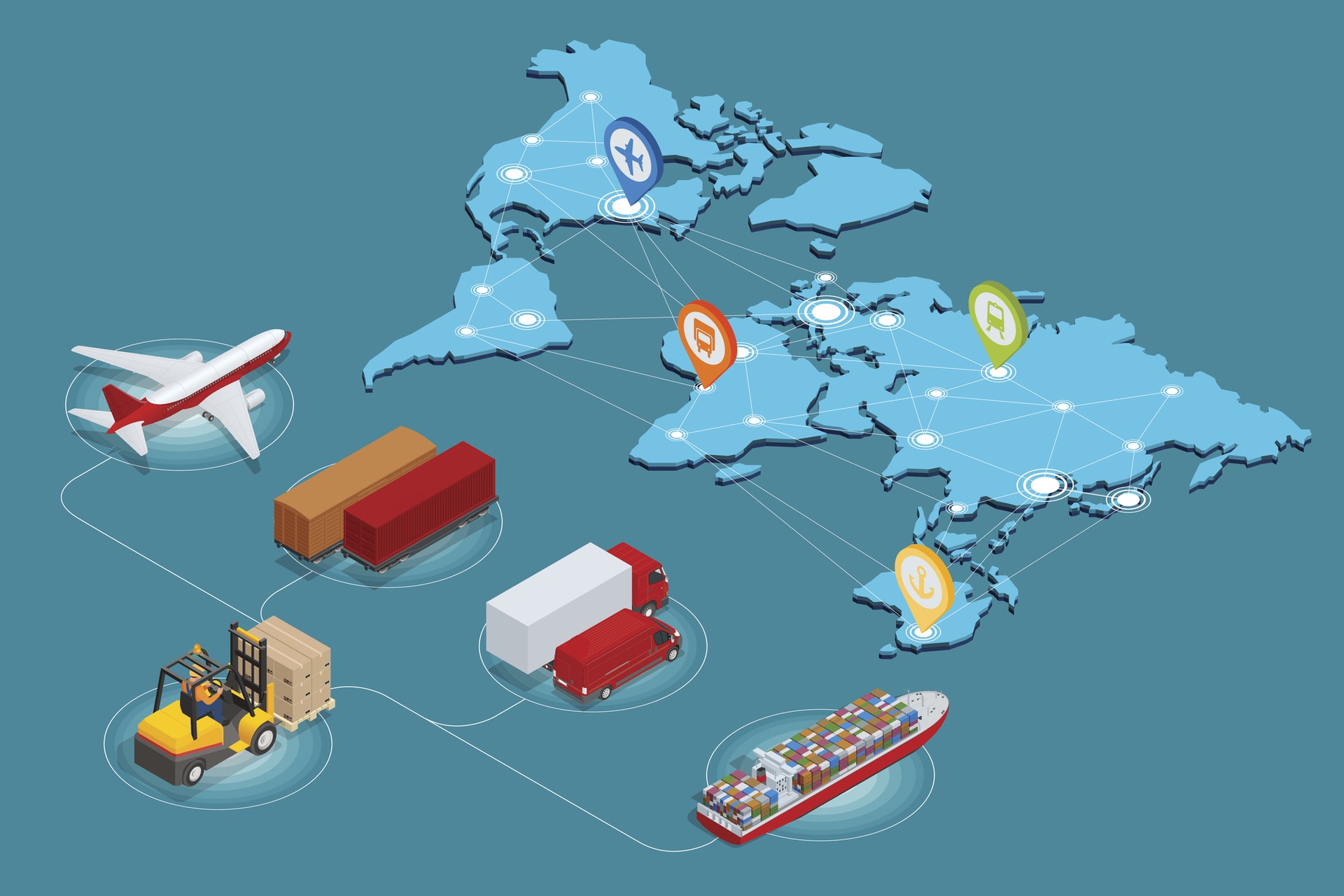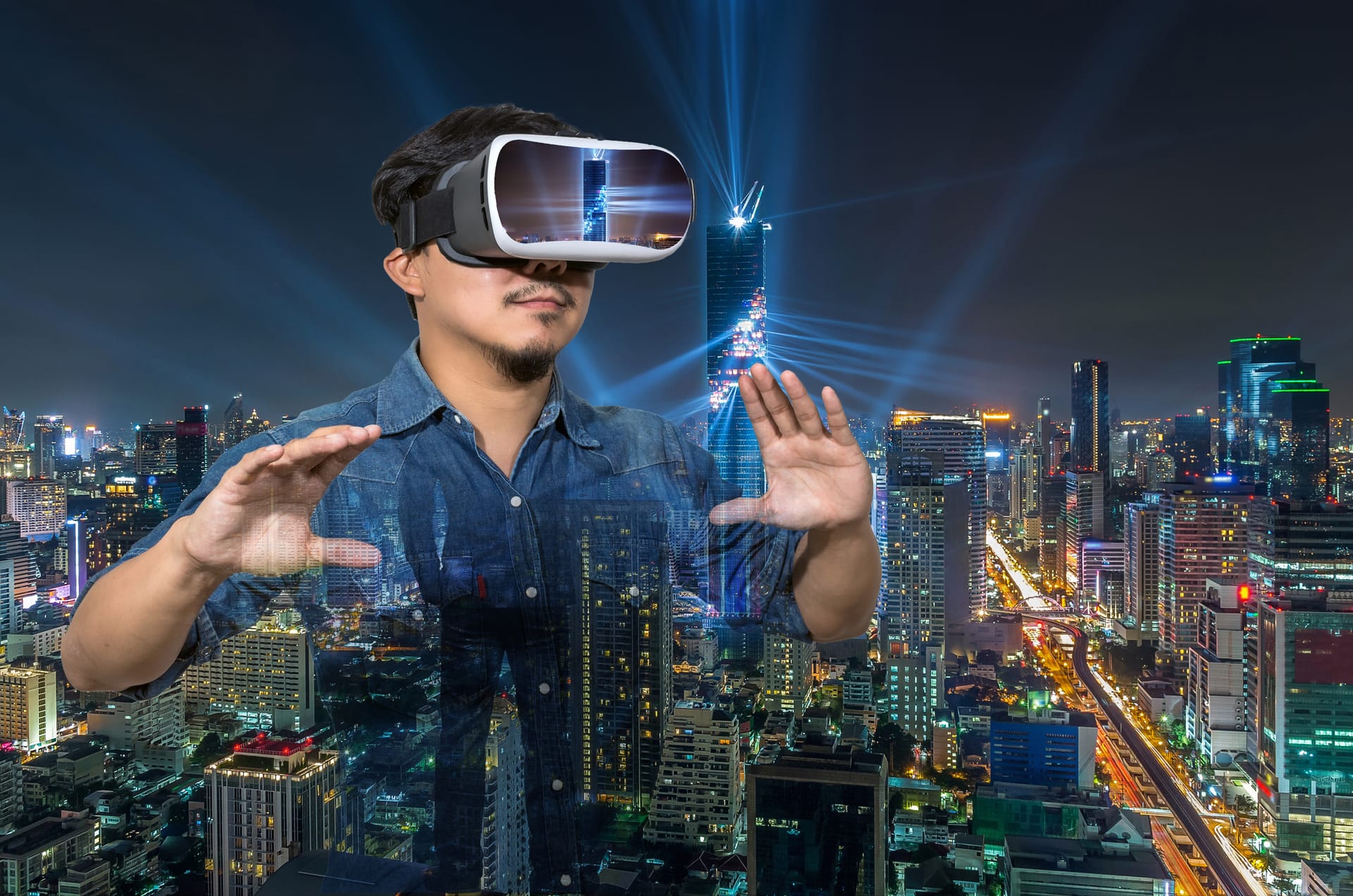
Like other industries around the world, businesses operating in the construction sector are trying to figure out how to keep building while adhering to local government policies amid the COVID-19 pandemic. While some business models easily adapted to a work-from-home model, on-site construction is not something that can be done from the safety of our kitchen tables.
Firms are turning to technology to keep projects moving forward while making sure employees are safe. Here we’ll explore some tech options worth exploring.
To learn more about how technology is impacting the construction industry, join CURT’s Technology and Productivity Committee on November 24, 3-4 pm (eastern time zone) for a FREE CURT Connect specifically on the topic of technology. Register online at www.curt.org/events.
If you’re not investing in the Internet of Things (IoT), you’re lagging behind the competition. A report by research giant Gartner found that in 2019 an overwhelming 99% of companies either maintained or increased their budget for IoT (the average increase was 11%). This year, these numbers are expected to increase further (you can download the full report Where your competitors are investing) on their website.
IoT is being used on worksites to ensure employees are maintaining six feet of social distancing (wearable devices), and the tech also provides real-time data about who is on the site, where they are working, and who is working together. Having this information accessible to managers through a cloud-based dashboard makes it easier to contact trace should an employee test positive.
What’s more, not all teams are able to distance themselves from each other. Taking the onus off the employee to remember who they were working with and when, allows team members to focus on doing their job safely and correctly, versus constantly tracking who they are near. Wearables that feed this information directly to the cloud eliminates that distraction and makes tracing simple should it be required.

How Did Your Supply Chain Hold Up?
As COVID-19 impacts supply chains around the world, it’s becoming more difficult to ensure your project has the supplies it needs, when they’re needed. One outbreak at just one supplier’s factory could lead to delays for you, or increased pricing on products if you have to purchase them elsewhere on short notice. Building a connected supply chain will help mitigate your risk. Your project’s supply chain has thousands of connection points and, without a doubt, COVID-19 exposed vulnerabilities to it over the past several months.
We can track food delivery through Uber Eats, flights around the world through any number of apps, and a Christmas present from a family-owned business in Italy right to your front doorstep. When COVID shut down Asia and Europe in early 2020, how easy was it to track your overseas shipments?
According to a report by IBM, “Today’s engineering and construction supply chains are largely analog, with processes that are manual and with only limited automation.” The report goes on to say that, “Successful engineering and construction companies will need to embrace advanced supply-chain technologies to shift to a digital future that can deliver end-to-end, orchestrated, and insight-driven processes. Companies leading the push towards digital supply-chain were found to also lead in financial performance and are more effective at addressing supply-chain challenges.

Technology as an Opportunity, Not a Challenge
Adopting new technologies, like wearables and advanced supply-chain tracking tools, may seem like another challenge to add to your list, but if you flip the narrative, they can instead be seen as opportunities to keep employees safe, projects operational, and supplies at the ready.
Construction has come a long way since the times of mud and clay, but it’s not done evolving yet. Think back to how projects were designed and executed a decade ago, and how they’re done today. As technology continues to advance, so too will the opportunities you have to use proven tech to improve how you do business.
This article from Architect Magazine is an interesting look back at 2010 and look forward to 2030. Some of the changes noted are going from a world of 2D drafting to one where BIM is the standard, the non-existence of virtual reality to its current endless possibilities, and the shift from being tethered to one’s office and computer, to working from “virtually” anywhere.
Where will new tech take us? We would love to continue the discussion with you on November 24, at 3:00 pm (Eastern), during a FREE CURT Connect event on technology and productivity. Register at www.curt.org/events.
Connect with CURT to stay up to date on everything construction related. Link up with us on Facebook and LinkedIn for more great content that will help you lead your team and succeed in your position.
CURT’S MISSION IS TO CREATE A COMPETITIVE ADVANTAGE FOR CONSTRUCTION USERS. CURT ACCOMPLISHES THIS MULTIFACETED OBJECTIVE BY PROVIDING AGGRESSIVE LEADERSHIP ON THOSE BUSINESS ISSUES THAT PROMOTE EXCELLENCE IN THE CREATION OF CAPITAL ASSETS.
